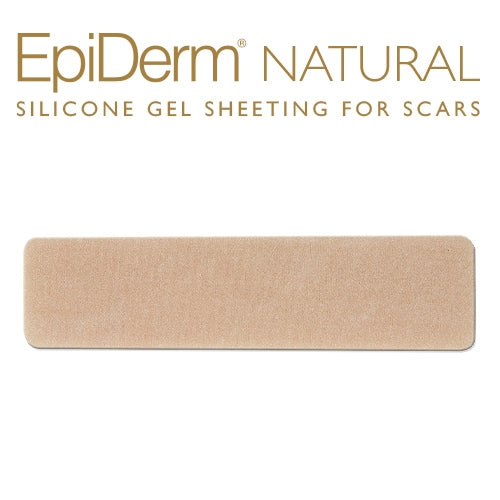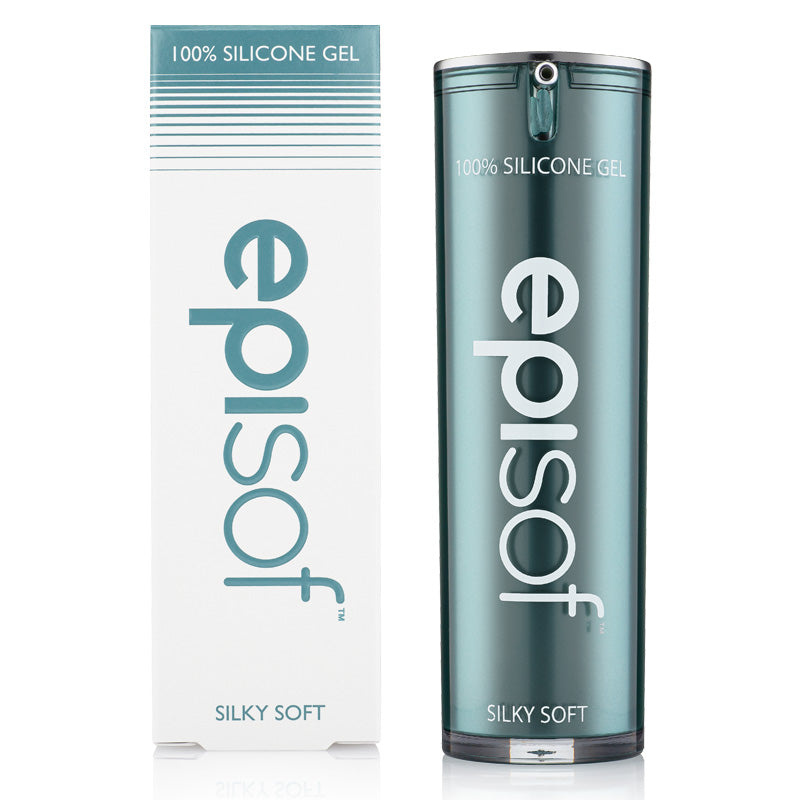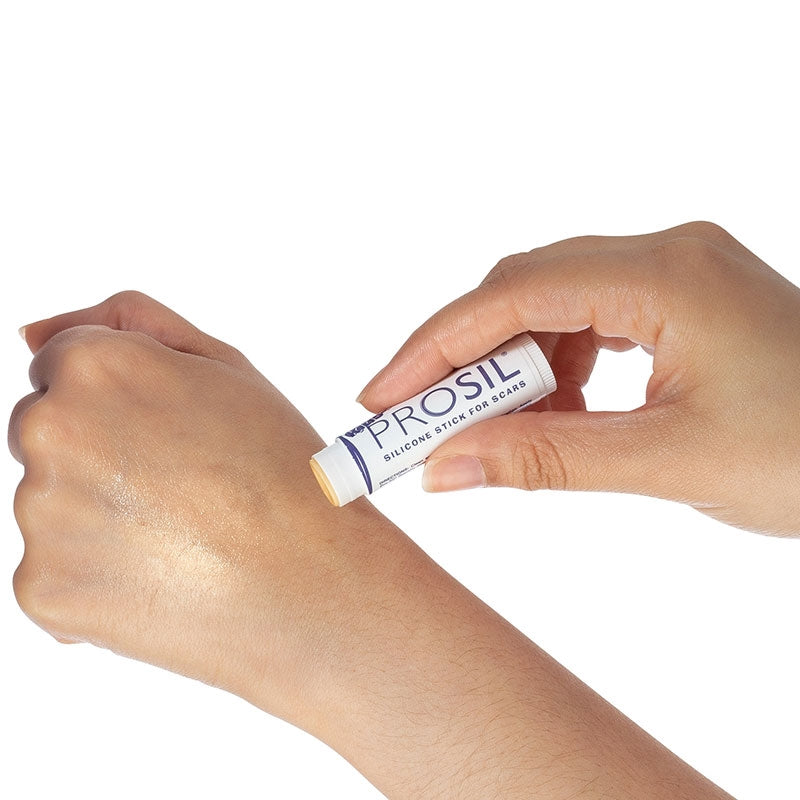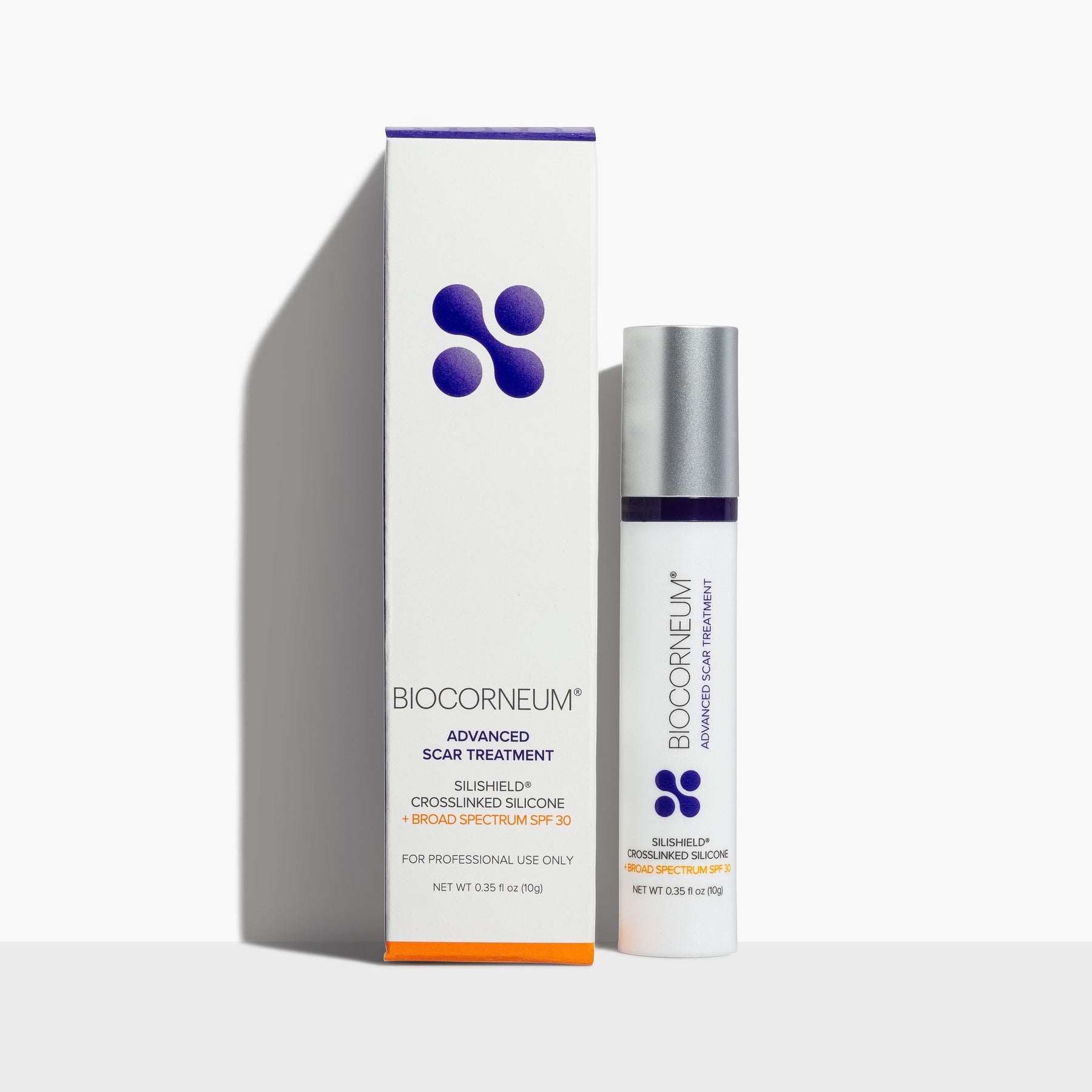Laser treatment for scars is a dermatological procedure that uses focused light energy to improve the appearance and texture of scar tissue.
Scars are a natural result of the body's healing process. Scars often cause frustration and self-consciousness. Advances in dermatology offer effective options for scar management. Laser therapy uses controlled beams of light to remodel scar tissue. A systematic review published in the Archives of Dermatology in 2010 found that fractional laser resurfacing reduced scar severity scores by up to 50% after several sessions (Tierney et al., 2012).
Laser Treatment Does Not Erase Scars Completely
Laser treatments often reduce the visibility of scars. Laser procedures do not completely remove scar tissue. A study published in Archives of Dermatology confirmed that ablative CO2 lasers improved scar texture by 50–75% but did not fully erase hypertrophic or atrophic scars (Manuskiatti and Fitzpatrick, 2002).
Laser treatments stimulate collagen production. Collagen improves the tone and elasticity of the skin. A controlled study of 53 patients found that fractional lasers increased dermal collagen and elastin density. The remodeling continued over 6 months (Hantash et al., 2007).
Experience Matters for Results
More experienced doctors get better outcomes. Research in Dermatologic Surgery found that how well the doctor performs the procedure affects both success rates and complications in fractional CO2 laser treatments (Biesman et al., 2013).
You Need a Consultation First
Before treatment, a dermatologist will examine your skin and go over your medical history to see if laser therapy is right for you. Research in Lasers in Surgery and Medicine found that proper evaluation beforehand cut the chances of skin darkening and infection by 20% (Kim et al., 2009).
Protect Your Skin from Sun
You have to stay out of the sun before and after getting laser treatment. UV rays make it much more likely you'll get dark spots afterward - up to 35% more likely if you have medium to dark skin (Chan et al., 2010).
Lifestyle Changes Improve Recovery
Certain lifestyle adjustments improve healing and results. Patients benefit from quitting smoking at least 2 weeks before treatment. Smoking reduces wound healing rates by 30–40% after laser resurfacing (Sorensen et al., 2012).
Watch Out for Cold Sores
If you get cold sores, tell your doctor before treatment. Taking antiviral medication beforehand stops outbreaks from happening. One study found that taking these pills ahead of time prevented cold sores in 85% of people who got laser work around their mouth (Alster and Garg, 2004).
Mixing Treatments Works Better
Doctors often use laser treatment along with other procedures. When you combine different treatments, you can target different layers of skin and different kinds of scars. A randomized trial in JAMA Dermatology demonstrated that combining fractional laser and microneedling produced better results than laser alone in acne scars (Alster et al., 2014).
You'll Need More Than One Treatment
Most people need to come back several times. Doctors usually do 3 to 5 fractional CO2 laser sessions with 4 to 6 weeks between each one (Tierney et al., 2012).
Taking Care of Your Skin at Home
You have to follow the care instructions your doctor gives you. Many doctors tell you to use silicone gel sheets or gels. A big review of 30 studies showed that silicone gel makes thick and raised scars better by making them flatter, less red, and softer (O'Brien and Jones, 2013).
When You'll See Changes
You'll notice your skin getting better slowly over time. Research shows that your body keeps making new collagen for 3 to 6 months after treatment (Hantash et al., 2007).
Will Insurance Pay for It?
Most insurance companies think laser scar treatment is cosmetic, not medical. The American Academy of Dermatology found that 80% of insurance companies won't pay for the full cost of laser scar removal (AAD, 2016).
Types of Laser Resurfacing
Ablative Laser
An ablative laser removes damaged skin layers. Ablation promotes new skin formation. This method improves severe atrophic scars by up to 75% (Manuskiatti and Fitzpatrick, 2002).
Nonablative Laser or Light Source
Nonablative devices stimulate collagen without removing the epidermis. They improve mild to moderate acne scars by 25–50% (Kauvar et al., 2017).
Risks of Laser Scar Removal
Laser treatment carries the following risks:
-
Inflammation, swelling, and itching
-
Acne flares
-
Infection
-
Hyperpigmentation or hypopigmentation
-
Scarring
A prospective review found that scarring occurs in fewer than 1% of cases when a skilled dermatologist performs treatment (Biesman et al., 2013).
What to Expect During the Procedure
Laser treatments take place in a dermatologist’s office. The dermatologist numbs the skin with a topical anesthetic. A prospective study showed that anesthetics controlled pain in 80% of patients (Alexiades-Armenakas, 2009).
What Happens After Treatment
After you get laser treatment, your skin will look puffy, red, and feel itchy. Your skin usually heals up in about a week to 10 days (Hantash et al., 2007).
Duration of Results
Laser treatments often provide lasting improvements. Follow-up studies have shown benefits lasting up to 2 years (Tierney et al., 2012).
Products That Complement Laser Therapy for Scar Treatment
While laser treatments are effective, they do not completely remove them. To achieve even better results, combine them with the following products:
-
Epiderm Silicone Sheets: These are available in different shapes for various uses, such as for C-section scars, longer surgery scars, mastopexy scars, nipple scars, smaller scars, mole removal scars, or even burns.

-
Episof: A fast-drying silicone gel designed for scars, stretch marks, fine lines, and wrinkles. It creates a moisture and oxygen-rich environment to enhance the skin's natural repair response.

-
Prosil: A compact silicone gel stick that is easy to apply and carry. It is the only patented silicone scar treatment available on the market.

-
BIOCORNECUM: An FDA-approved, silicone gel with integrated SPF 30 sun protection.

FAQ:
How painful is laser scar removal?
Laser scar removal often causes mild to moderate discomfort during the procedure.
Most dermatologists apply a topical numbing cream that reduces pain significantly. Patients commonly describe the sensation as a series of warm, stinging pulses. A prospective study in Lasers in Surgery and Medicine found that topical anesthetics controlled pain effectively in 80% of patients (Alexiades-Armenakas, 2009). After treatment, the skin can feel sunburned or tender for several days.
What is the cost of laser scar removal?
The cost of laser scar removal ranges from $500 to $3,500 per session depending on the treatment area, laser type, and geographic location.
Ablative CO2 laser treatments are usually at the higher end of this range because they require more expertise and longer recovery. Nonablative laser sessions are typically less expensive. Insurance rarely covers cosmetic scar removal, so patients should plan for out-of-pocket costs.
How many sessions will I need for acne scars?
Most patients need 3 to 5 laser sessions spaced 4 to 6 weeks apart to see significant improvement in acne scars.
Severe or deep atrophic scars sometimes require additional treatments. A study published in Dermatologic Surgery reported that fractional CO2 laser resurfacing produced 50–75% improvement in acne scarring after a series of sessions (Tierney et al., 2012).
Does laser treatment work for keloid scars?
Laser treatment can help flatten and improve the color of keloid scars, but it rarely removes them completely.
Lasers are often combined with corticosteroid injections or pressure therapy for better results. A comparative study in Archives of Dermatology found that pulsed-dye laser treatment reduced keloid redness and thickness but did not prevent recurrence alone (Manuskiatti and Fitzpatrick, 2002).
Is laser scar removal safe for dark skin?
Laser scar removal is generally safe for darker skin tones when performed by an experienced dermatologist using appropriate laser settings.
However, there is a higher risk of hyperpigmentation or hypopigmentation. Nonablative fractional lasers are usually preferred because they pose less risk of pigment changes. A review in Lasers in Surgery and Medicine emphasized the importance of pre-treatment consultation and conservative settings to minimize complications in Fitzpatrick skin types IV–VI (Kim et al., 2009).
References (Scientific Studies Cited)
Manuskiatti W, Fitzpatrick RE. Treatment response of keloidal and hypertrophic sternotomy scars: comparison among intralesional corticosteroid, 585-nm flashlamp-pumped pulsed-dye laser, and combined treatment. Arch Dermatol. 2002;138(9):1149–1155.
Tierney EP, Kouba DJ, Hanke CW. Review of fractional photothermolysis: treatment indications and efficacy. Dermatol Surg. 2012;38(11):1772–1791.
Hantash BM, Bedi VP, Kapadia B, et al. In vivo histological evaluation of a novel ablative fractional resurfacing device. Lasers Surg Med. 2007;39(2):96–107.
Biesman BS, Cohen JL, Dayan SH, et al. Treatment of facial acne scarring with fractional CO2 laser resurfacing. Dermatol Surg. 2013;39(9):1310–1319. Kim SW, Kim HS,
Kim KH, et al. The prevention of post-laser hyperpigmentation in Asian skin. Lasers Surg Med. 2009;41(1):1–5.
Chan HH, Wong DS, Ho WS. The use of nonablative laser resurfacing for hypertrophic scars and keloids. Lasers Surg Med. 2010;42(1):23–28.
Alster TS, Garg S. Prevention and treatment of side effects and complications of resurfacing procedures. Plast Reconstr Surg. 2004;113(2):135–145.
O'Brien L, Jones DJ. Silicone gel sheeting for preventing and treating hypertrophic and keloid scars. Cochrane Database Syst Rev. 2013;(9):CD003826.
Kauvar ANB, Geronemus RG, Friedman PM. Laser treatment of scars. Dermatol Surg. 2017;43(Suppl 1):S56–S63.
Alexiades-Armenakas MR. Fractional CO2 laser resurfacing for acne scars and photoaging. Lasers Surg Med. 2009;41(6):418–426.
Sorensen LT, Karlsmark T, Gottrup F. Abstinence from smoking reduces incisional wound infection: a randomized controlled trial. Ann Surg. 2012;255(6):1069–1075.
AAD. Cosmetic dermatology insurance coverage survey. American Academy of Dermatology; 2016.




